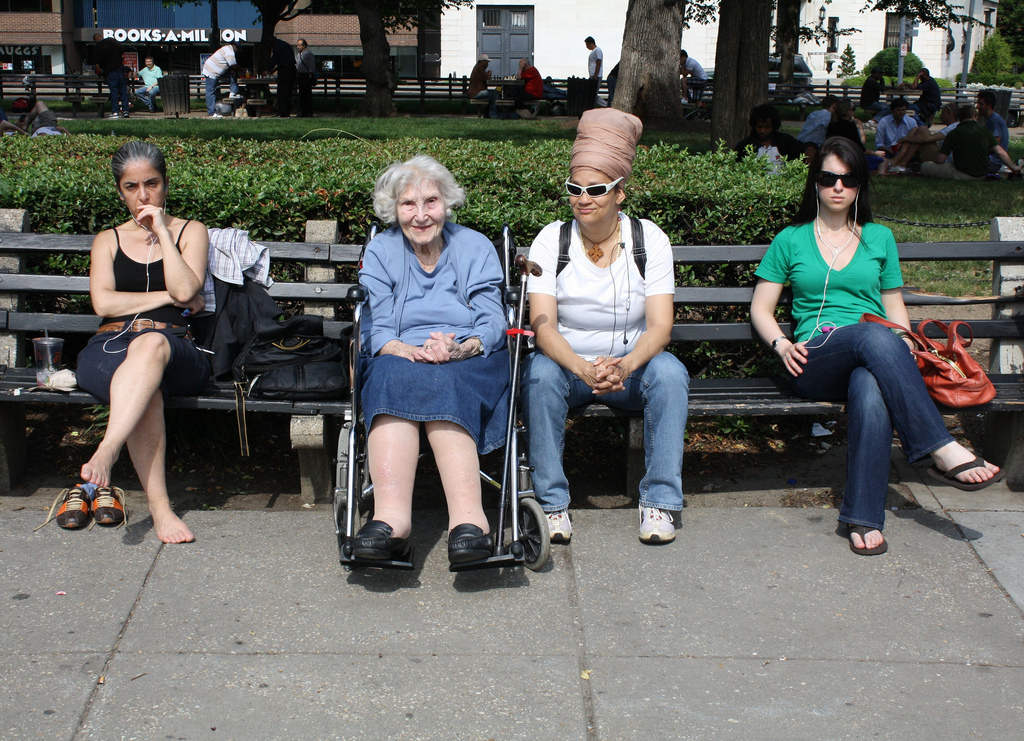Where The Needs Of Others Come First · Available 24x7 For Emergencies

Do-it-Yourself Tips for Making the House Safer
For most of us, our parents have always seemed like the most capable, independent, in-control people in our lives. Chances are, it has never occurred to you to think of your mother or father as handicapped or needing a little extra help just to move around the home safely. But a single fall can change all that—even a senior who is normally able to take care of all her own needs can become instantly dependent on someone else for everything. Even if a parent isn’t suddenly injured, she might have simply “slowed down” to the point where small features of the house are now hazardous. How can you make the house safer? It might mean a Saturday or two with some tools and hardware in hand.
Repair Loose, Broken Surfaces
One of the primary causes of injury for seniors is also, fortunately, an easy fix. Look around for things like rug corners turning up, uneven linoleum, missing carpet strips, and missing paving stones on outdoor walkways. All of these surface irregularities threaten to catch a foot and throw off balance that is already compromised by physical frailty. Spending a few minutes taping over a crack or replacing an old, worn rug could prevent a painful injury.
Install Handles and Rails
It’s not difficult to screw a handrail kit into the wall near the bed, toilet, dining room table, or favorite living room chair. It makes a big difference, though, to a senior who has a hard time getting up. Installing a hand rail on a tile wall in the shower is a little trickier, but you can find special supplies for it as well as guidance at your local hardware store.
Inspect Porch Steps and Railings
If your senior parent has lived in the same house for many years, it is entirely possible that the porch areas have deteriorated over time. You may think nothing of hopping up a series of uneven steps, but they could be creating a fall risk every time your parent leaves or returns to the house. If you are inexperienced in working with cement, you may want to hire a professional to repair broken stairs or replace them altogether.
Reorganize Storage Areas
It is normally very convenient to keep food, dishes, and clothing stored up high, out of the way of working areas. But when a senior’s balance is compromised or she is confined to a wheelchair, convenience must give way to safety concerns. Move commonly used items into low cabinets and dresser drawers, where your senior does not have to stretch to reach them.
Watch for Unique Risks
Your loved one’s home probably has a number of safety risks that are not listed here. Each house is different, and you should take the time to look at your loved one’s home through new eyes. Other eyes can help as well—ask your professional in-home caregiver, for example, to let you know if anything appears to be causing trouble for your loved one.
Photo by Elvert Barnes 
